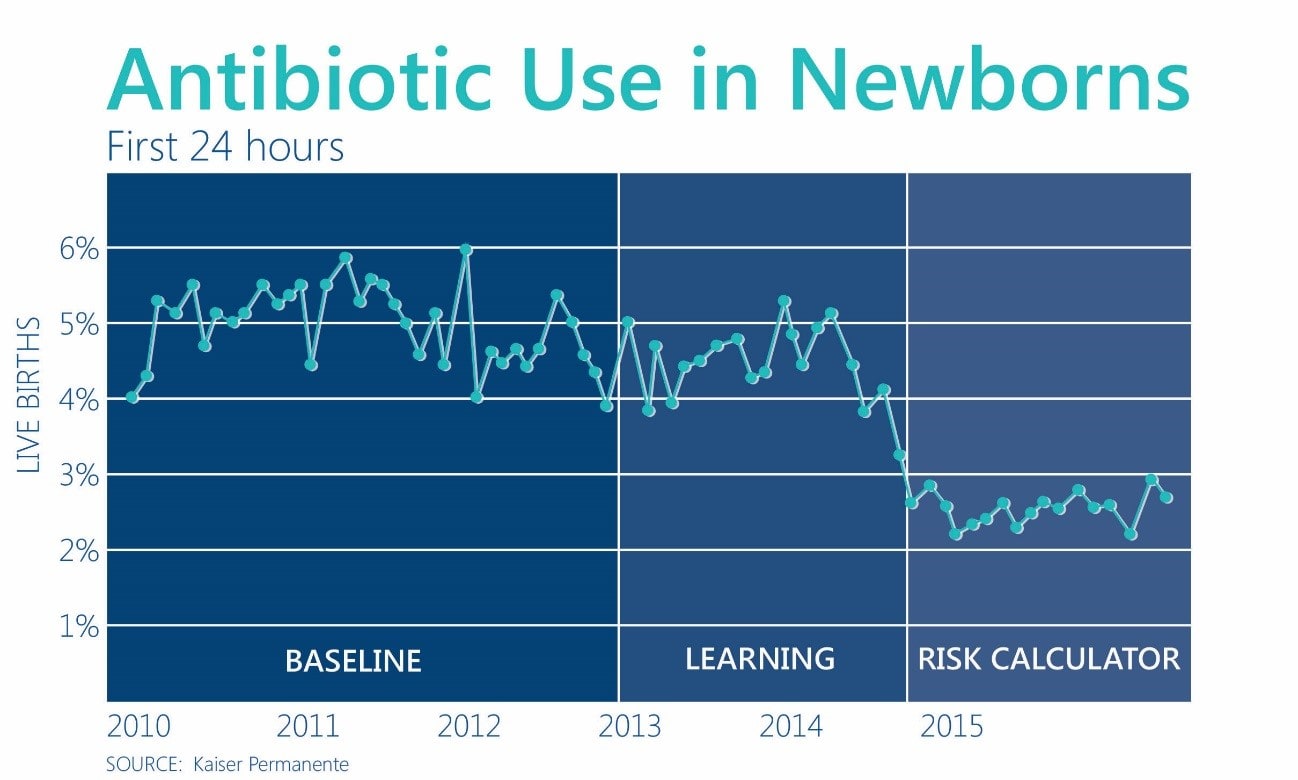Predictive analytics is increasingly key to powering hospital initiatives that maximize efficiency, realize cost savings, and help deliver superior care. Predictive analytics is not new to healthcare, but it is more powerful than ever, due to today’s abundance of data and tools to understand it.
Tweet: 3 examples of how hospitals are using predictive analytics
How – and why – are hospitals putting predictive analytics to work? The goal is often to improve operational efficiency or to proactively provide services that prevent greater problems and spending. Many hospitals have started with applications aimed at reducing readmissions and predicting which patients are at risk of developing sepsis. Other common use cases focus on optimizing staffing and resources. Here are three other examples of hospitals successfully putting predictive analytics into action.
1. Operating room bottlenecks
The University of Chicago Medical Center (UCMC) used predictive analytics to tackle the problem of operating room delays. Such delays are aggravating for clinicians, patients, and families, and they are wasteful since ORs are expensive to run. But delays are hard to prevent, with so many individuals and teams working on each surgical case. When one procedure ends, there is a sequence of certain tasks that must be completed before the next surgery can start.
UCMC combined real-time data with a complex-event processing algorithm to improve workflows, create notifications, and streamline the handoffs from one team to the next for each step of the OR process. The effort decreased turnover time 15% to 20% (four minutes per room), which was expected to save the hospital up to $600,000 annually. The new system also increased visibility into what was causing each delay and how to intervene in real time to get things back on track.
2. Newborn antibiotics
Kaiser Permanente led the development of a risk calculator that has reduced the use of antibiotics in newborns. Antibiotics are necessary for a small percentage of newborns who are at risk for early onset neonatal sepsis, an infection that can lead to meningitis or death. Researchers developed a risk prediction model after drawing data from the EHRs of about 600,000 babies and their mothers.
The approach better targets newborns who are at the highest risk for sepsis without exposing those at low risk to antibiotics. The effort safely reduced antibiotic use by nearly 50% in newborns delivered at Kaiser’s Northern California birthing centers in 2015. It also allowed mothers and babies to stay together in the first few days. Kaiser makes the risk calculator available online.

3. Care transitions after knee and hip replacement
Cleveland Clinic, feeling the pressures of fixed reimbursements and bundled payments, wanted to find ways to decrease the length of stay for patients receiving total hip and knee replacements. It focused on discharge delays. Often, these were caused by patients’ unexpected need for post-acute rehabilitation in a skilled nursing facility. Researchers used analytics to predict which patients would recover successfully at home and which ones required inpatient rehab. The goal was not to prevent a rehab stay, but rather to better prepare for it.
Cleveland Clinic pulled on existing research and a validated prediction model, which drew on variables captured in the physician’s office prior to surgery. The propensity score was put into the clinical workflow so all providers could use it in their preoperative discussions with patients. The program was successful at taking into account patients’ needs, decreasing lengths of stay, driving down costs, and improving the system’s patient experience scores in the HCAPHS Care Transition measures.
Actionable insights from predictive analytics
These three examples show how predictive analytics helps hospitals leverage their past data to learn what is likely to happen in the future, identify actionable insights, and intervene to reduce costs. These interventions often directly improve patient care and operational efficiencies. Predictive analytics also shows real promise in population health management. In fact, there are almost endless potential applications of predictive analytics in healthcare.
Dimensional Insight’s Diver Platform provides a solid foundation for such analytics, by pulling data from disparate sources and thoroughly validating it to deliver clean, trustworthy data. Diver integrates with the statistical computing language R, giving users interactive forecasts and predictive functionality on their dashboard. In addition, Dimensional Insight is exploring further opportunities to implement predictive capabilities in Diver.
If you’d like to learn about predictive analytics and simulation, you can download our Simulation eBook now.
Sources:
- Gartner Research, Predictive Algorithms that Healthcare Delivery Organizations Are Using to Improve Outcomes
- Kaiser Permanente, Sepsis Risk Prediction Model Decreases Use of Antibiotics in Newborns
- 3 Examples of How Hospitals are Using Predictive Analytics - February 15, 2018
- 3 Advantages to Using Simulation in Predictive Analytics - January 26, 2018
- Why the Time Is Right for Predictive Analytics in Healthcare - January 23, 2018



